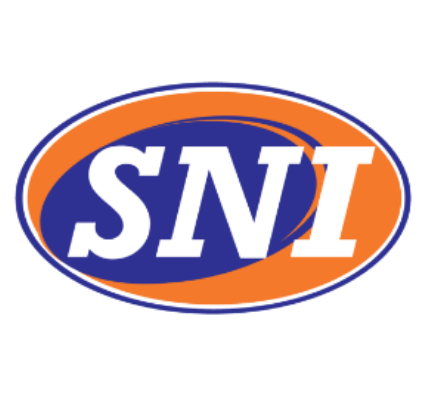A virtual data room is utilized to share information among different parties for a range of reasons. Mergers and acquisitions (M&A), but also fundraising, an initial public offering (IPO) as well as legal proceedings, or any other transaction that requires careful documentation, security, or confidentiality, could be completed using a virtual data room.
A reliable VDR includes a built-in tool for redaction that can be used quickly and consistently to remove sensitive information from documents. Manually removing sensitive information is a lengthy and error-prone process that increases the risk of missing instances that could have an adverse impact on the outcome of a deal. A reliable redaction tool can stop this by allowing users to search for keywords in any document and block every instance simultaneously.
It’s important to establish a clearly defined and consistent naming conventions for all files within a data room so that they are easy to locate and retrieve. This will help avoid unclear or vague file names that can lead to misplaced files and data loss. In addition, it’s a good practice to include dates and versions of documents into your file naming so that you can track changes over time.
In addition to having the same and consistent naming convention, it is important to ensure that your data room has the ability to set access permissions that can be customized based on role, document, or folder level. This can prevent unnecessary disclosure of sensitive information, and can cut down on the amount of time a group spends looking through documents in a data room. It’s also useful to have a multilingual index that makes it easier for users to search and review documents in their preferred language.
read the article about harmonizing business heights virtual data rooms in action


